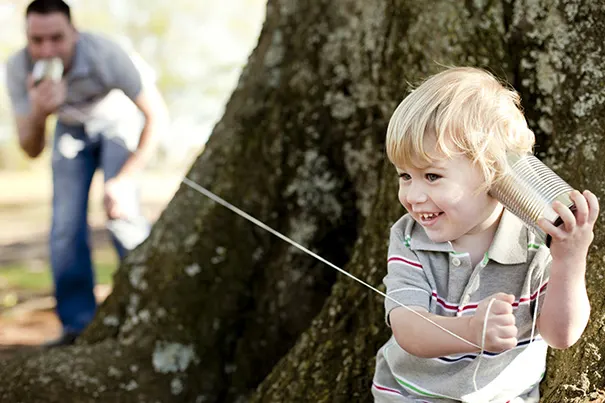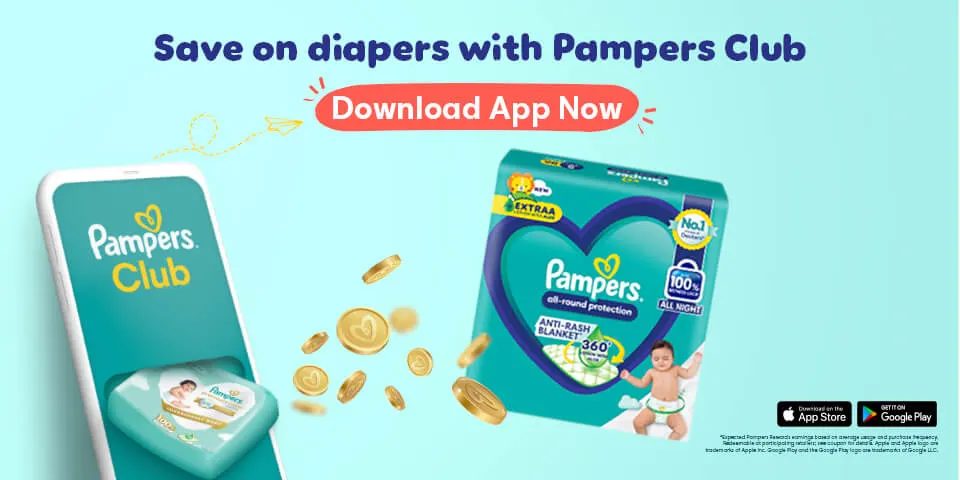Toddler games and types of play
Play is the work of childhood. It's the laboratory in which children figure out how the world works, who they are, who they might be, and what they can and cannot do.
Not all play is the same, either in its style or its effect. Watch closely some of the different types of play your child engages in and you'll see how she is taking on the world.
Symbolic Play
To an infant or a young toddler, a block is a block. If she has more than one, she might stack them or pull them apart. But once she's about two years old, she can start using blocks for much more. In her eyes they can become a house, a car or anything else she wants.
Toys become symbols for other objects
Your child may try to feed her doll as if it were another baby. If you look carefully, you may see that she sometimes holds her doll or teddy bear in the same way that you hold her.
This type of symbolic representation shows you how sophisticated her brain is becoming. It also allows her to prepare for or work through potentially frightening events. For example, a savvy paediatrician who needs to check your child's ears for infection may begin by looking in the ears of the doll she brought with her to the exam. That allows the toddler to anticipate what will happen to her and helps remove her anxieties.
Parallel Play
Toddlers need playmates, yet they play with them quite differently from the way older children play together
Place two 18-month-olds with similar toys near each other in the same room, and you'll note that they don't seem to pay much attention to each other.
But look more closely, and you'll notice that if one picks up a car, the other is likely to do the same. If the first child looks at that car and says, 'No' (a toddler's favourite word), the second is likely to imitate him and yell, 'No!' as well. If the toddlers are old enough to have more advanced verbal skills, you might overhear them having what sounds like a conversation that doesn't make sense. 'Puppy ride car.' 'That's a big truck!' 'Is puppy hungry?' 'My truck. Vroom, vroom!'
This is an example of parallel play.Unlike older children, who interact and communicate directly, toddlers play in parallel. While they may appear to be playing independently, kids this age are keeping an eye on each others behaviour.Parallel play is often a first step in forming strong social relationships outside of the family. Parallel playmates are your child's first friends.
Imaginary Play
Among young children, the line between fantasy and reality is delightfully fuzzy. An older toddler or a pre-schooler can fight dragons or fly to the moon, all without leaving his bedroom. If you want to build a child this age a fort, all you need are two chairs and a blanket to drape over them.Pretend play serves many purposes and pushes the boundaries of play. It allows your child to explore new ideas and experience life from a different perspective.
Starting at around age three,pretend play often expands to include the creation of imaginary companions. These pretend friends often do things that the child cannot or dare not to.A pretend buddy may be highly demanding or speak rudely to adults and older children. He may have magical powers or tremendous strength or wisdom. This is a way for a child to experience life from a different perspective and to toy with the notion of power.
While the appearance of an imaginary companion sometimes worries parents, it should not. In fact, it should be celebrated.Experts found that pre-schoolers who had imaginary companions also tended to have greater imaginations and bigger vocabularies than their peers who did not. In addition, they were generally happier and got along better with classmates. Interestingly, quite a few of those children didn't tell their parents about their imaginary companions.
Collaborative Play
Pre-schoolers progress from solitary and parallel play to collaborative play. It's at this stage that your child learns to master important new social skills, such as sharing, taking turns, obeying rules and negotiating. These are all very difficult behaviours for a young child to learn. After all, at this age, your child believes that she is the centre of the universe!
Sharing
When a pre-schooler wants something, the thought of giving it up to someone else is almost unbearable.
Learning to share is made even more complex by the confusing ways in which we use the word share. (If we ask a child to share her toys, she'll get them back in a short while, but if we ask her to share her cookies, she never gets them back!)
Pre-schoolers have an easier time sharing if they've already spent a lot of time playing games in which they give something to a parent and then get it back again.
Taking turns
A pre-schooler's desires are urgent and immediate. When she wants something, she wants it NOW!
Taking turns requires that she delay gratification and imagine what it's like being the other children who are playing.
The empathy she has already learnt at home and during parallel play will help.
Obeying rules
All young children want to win the games they play. Most will do whatever they can to win, even if they have to cheat a bit.
While we adults may indulge them, their peers will not, resulting in meaningful (and tough) lessons on the importance of following rules.
Negotiating
Who gets to go first? How do you decide which game to play? Who gets to be the sheriff and who will be the deputy?
Collaborative play requires your child to give as well as take, to compromise on what he wants – a hard thing to accept when you're the centre of the universe.
Once your child can negotiate, share, take turns and follow rules, he will be well on his way to navigating the school playground, the school disco, the college dormitory and the corporate boardroom.
So watch your child when he plays. You'll gain tremendous insights into not only his social development but his thinking abilities as well. Besides, it's a lot of fun.


